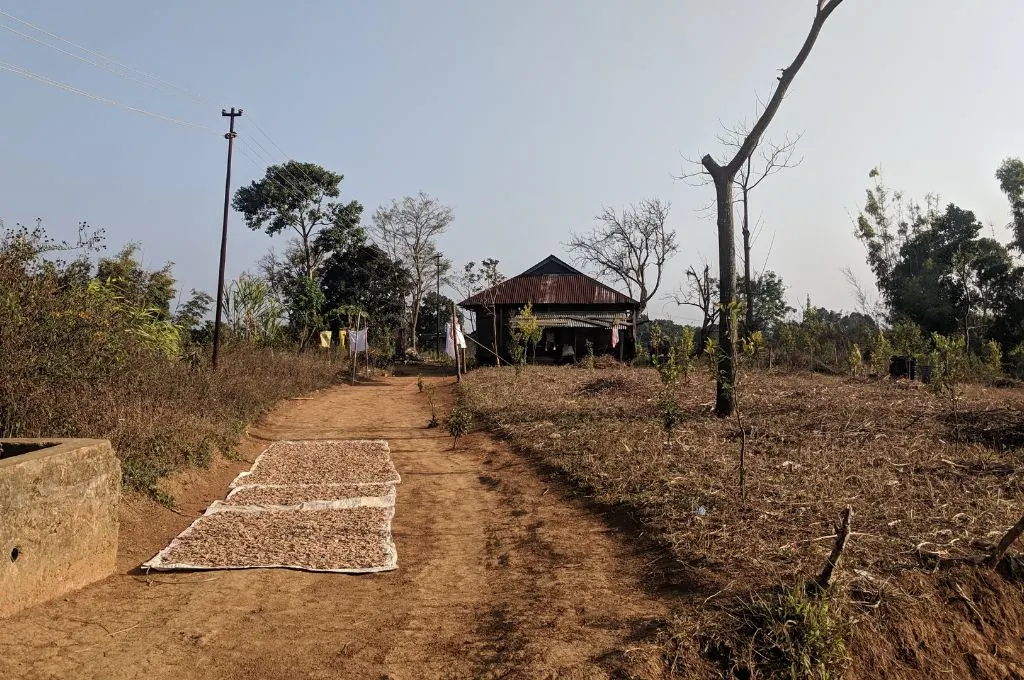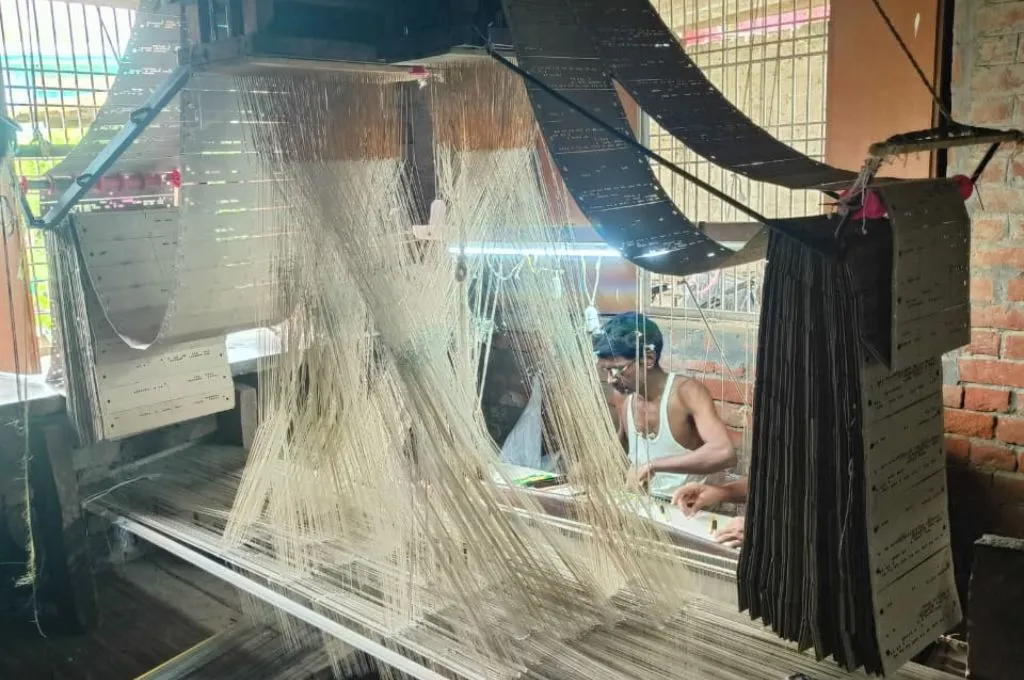Honey, I localised the market
As part of our livelihoods programme we worked with bee-keepers in eight villages in Darjeeling to help them run a viable business producing and selling honey. To complete the loop, we linked them to local shops in nearby towns. After the initial set up, these shops started selling the local community’s honey, and the programme was expected to run on autopilot.
In the following year, when we spoke to our partners in the market to evaluate the programme, they complained that they were no longer being supplied with honey from the bee-keepers. We dug a little further and found that this was indeed true.
As it turned out, the bee-keepers had found that they had enough buyers for their honey in the local village market itself—they didn’t need the urban market after all. In fact, they were getting a better price in their villages, than in the shops of nearby towns. Honey had cultural value in their community—it is generally gifted to guests during weddings, as a way of saying ‘thank you’, and so on. After learning this, we have adjusted our programme, such that the bee-keepers now cater to the markets in their own villages, rather than in urban areas.

Organisations working on rural livelihoods often insist on building market linkages as part of their programmes, and rightly so. But we don’t always need to look towards urban areas to find the right markets.
Sarala Khaling is the regional director for ATREE’s northeast office, where she leads their conservation and livelihood efforts.




